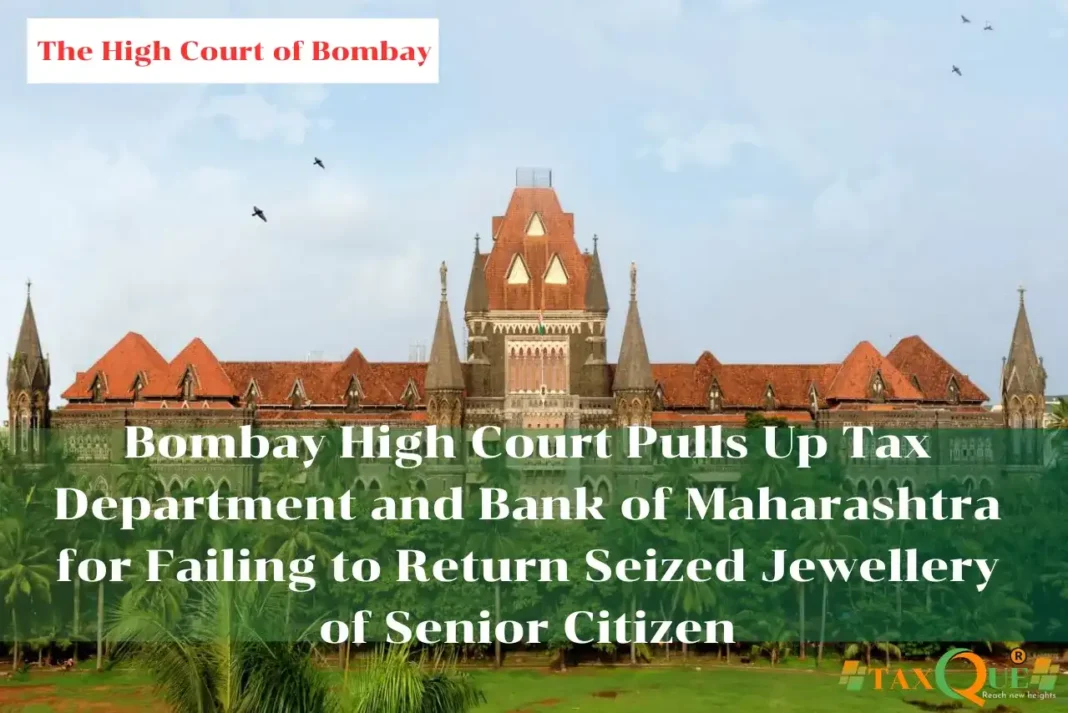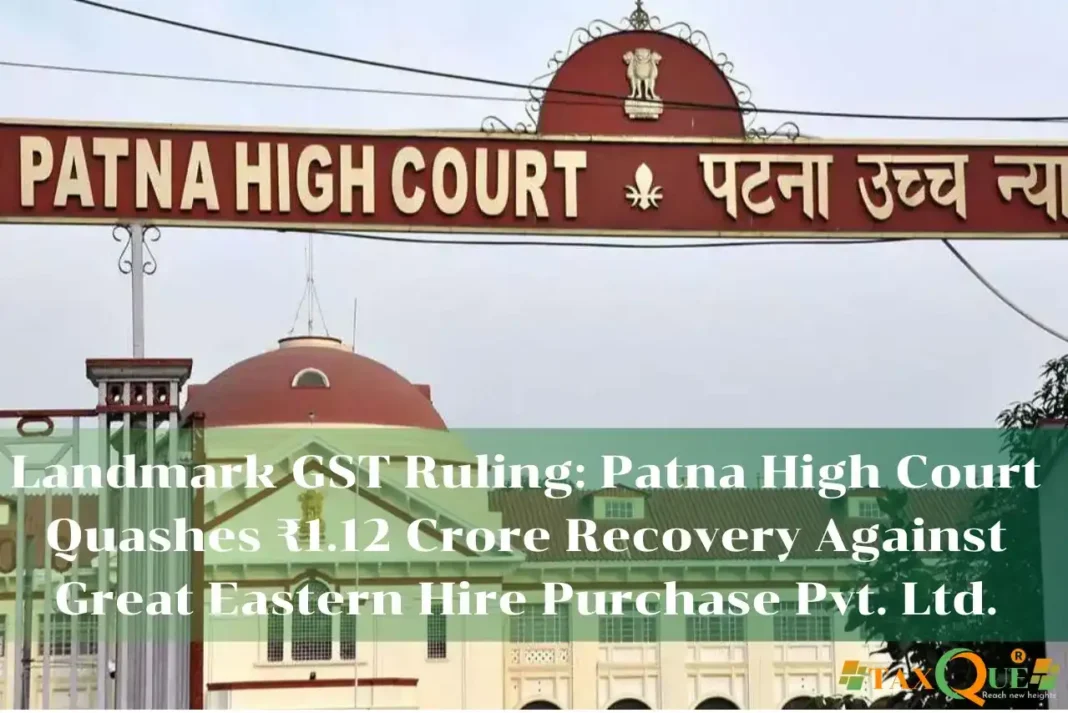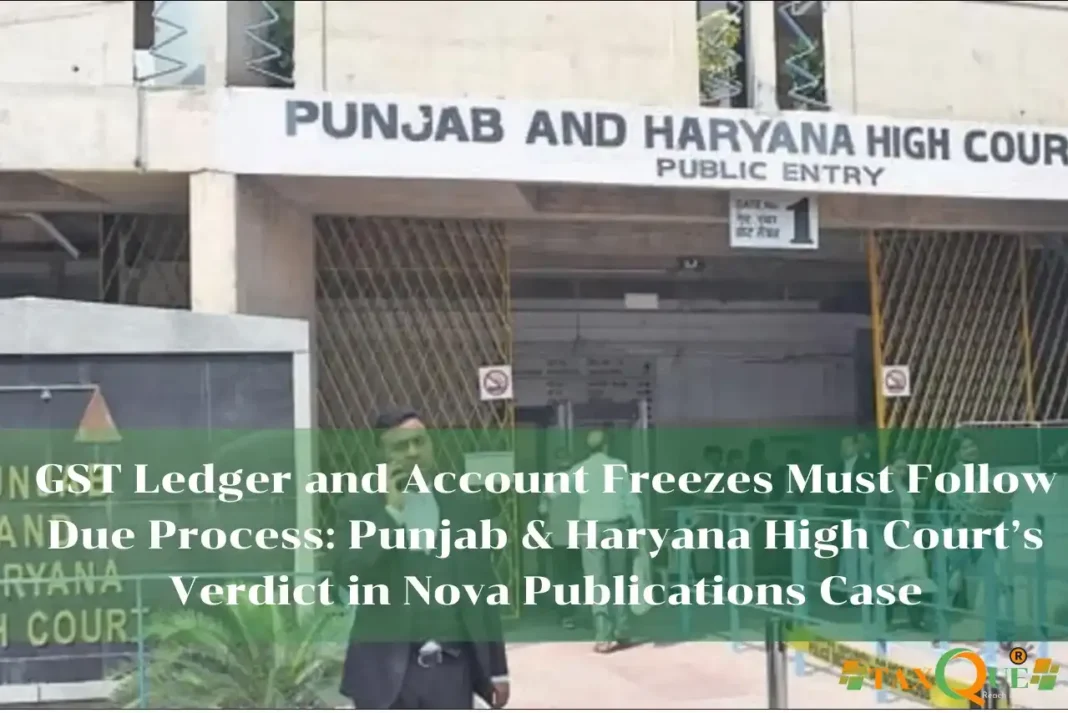Bombay HC to Tax Dept & Bank – Return What’s Not Yours or Be Held Accountable!
Introduction
In a strongly worded judgment dated 04 February 2025, the Bombay High Court exposed the shocking failure of the Income Tax Department and the Bank of Maharashtra to return seized jewellery worth ₹56 lakhs to an 88-year-old legal heir, Hiralal H. Malu. The jewellery had been seized from his deceased wife, Mrs. Shakuntala Hiralal Malu, during tax raids in 2005.
Despite a formal order issued in 2018 to release the jewellery, six years passed without compliance. The court described the conduct of both institutions as “profoundly insensitive” and called for immediate accountability, financial restitution, and reform in governance standards.
Core Facts of the Case
| Aspect | Details |
|---|---|
| Case Title | Hiralal H. Malu v. Deputy Director of Income Tax (Inv.) & Ors. |
| Court | Bombay High Court |
| Bench | Justices M.S. Sonak and Jitendra Jain |
| Date of Judgment | 04 February 2025 |
| Seized Articles | Gold & diamond jewellery (net weight: 727.39g) |
| Value Estimated (2025 rates) | ₹56,00,000 |
| Seizure Date | 22 July 2005 |
| Legal Heir’s Representation Began | September 2017 |
| Official Order for Release | 11 April 2018 (Under Section 132B, Income Tax Act) |
| Problem | Jewellery cannot be traced; each institution blaming the other |
Issues Raised Before the Court
| Issue | Court’s Observation |
|---|---|
| Jewellery seized in 2005 was not returned despite 2018 release order | Clear violation of taxpayer’s rights. Order was never enforced. |
| Bank of Maharashtra claimed “articles could not be identified” | Utter failure in locker security; contradicts their responsibility under Supreme Court’s ruling in Amitabha Dasgupta case |
| Income Tax Dept claimed it was the bank’s fault | Department failed in its trustee responsibility to safeguard citizens’ property. |
| Both entities refused to take responsibility, blamed each other | Blame-shifting without accountability; disrespectful to rule of law and to the petitioner. |
| Petitioner, aged 88, received no relief despite repeated follow-ups | Grave injustice. Elderly citizen was made to suffer due to bureaucratic indifference. |
Court’s Ruling Highlights
- Clear liability established: Either the Bank of Maharashtra or the Income Tax Department must compensate the petitioner ₹56 lakhs.
- Indolence condemned: Court observed both institutions acted with “unwavering confidence” that no internal inquiry would penalize them.
- Sentimental value ignored: Though cash compensation may be ordered, emotional loss cannot be valued.
- Orders directed to highest offices:
- Copy of order to be sent to the CBDT Chairperson.
- Copy to be sent to Chairman & MD of Bank of Maharashtra.
- Urgency emphasized: Court scheduled a follow-up hearing on 11 February 2025 and demanded affidavits explaining the loss.
Legal and Policy Observations
- Section 132B of the Income Tax Act: Allows for release of seized assets after proceedings are completed. The 2018 order under this provision was ignored for 6 years.
- Supreme Court Precedent – Amitabha Dasgupta v. United Bank of India [(2021) 14 SCC 177]:
- Banks have independent duties to safeguard locker contents.
- They cannot claim ignorance of contents as defense.
- Banks must act as custodians, not passive service providers.
- Trust and Governance: The Court stressed that government agencies and nationalised banks must earn public trust through responsive and responsible conduct.
Why This Matters
| Concern | Implication |
|---|---|
| Delay in returning seized assets | Undermines public trust in legal and financial systems |
| Elderly citizens left helpless | Violation of Article 21 (Right to life and dignity) |
| Institutions escaping responsibility | Sets a dangerous precedent if left unpunished |
| Banking security standards questioned | Indicates loopholes in locker safety and record management |
| Judicial intervention required for basics | Shows a system breakdown if courts are needed for compliance with already-issued orders |
Takeaways for Public and Institutions
- For taxpayers: Keep full records of any seizure and ensure legal follow-up through RTIs and representation.
- For banks: Update locker protocols, audit trails, and accountability frameworks.
- For tax officers: Seized property must be protected as public trust—not as expendable material.
- For senior citizens: The court acknowledged age and dignity—use PIL or legal aid to assert rights.
FAQs
Q1. What was the jewellery worth?
Based on conservative 2025 gold prices, about ₹56 lakhs, excluding sentimental value.
Q2. Who is responsible for the loss?
The Court said either the Tax Department or Bank of Maharashtra—or both—must compensate the legal heir.
Q3. What was the bank’s defense?
The bank said it had no “privity of contract” with the heir and couldn’t find the articles in the locker.
Q4. Why didn’t the Income Tax Department act sooner?
Despite issuing a release order in 2018, the department failed to enforce it or escalate the matter when the bank delayed.
Q5. What’s next?
Court will hear the matter on 11 February 2025. Both institutions must file affidavits and respond under oath.
Disclaimer
This blog is for informational purposes only and does not constitute legal advice. It is based on the Bombay High Court judgment dated 04 February 2025 in Hiralal H. Malu v. DDIT (Inv.) & Ors.. For any specific legal issue, consult a qualified professional. The author and this site disclaim all liability for actions taken based on this post.





